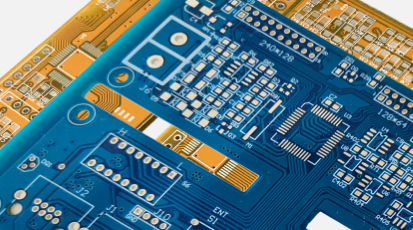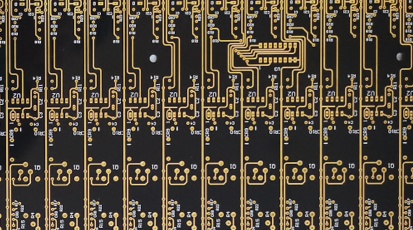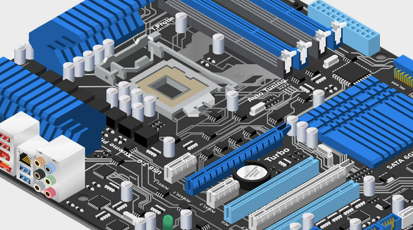Rogers PCB Technology: Redefining High-Frequency Performance and Reliability
By:PCBBUY 05/29/2025 15:43
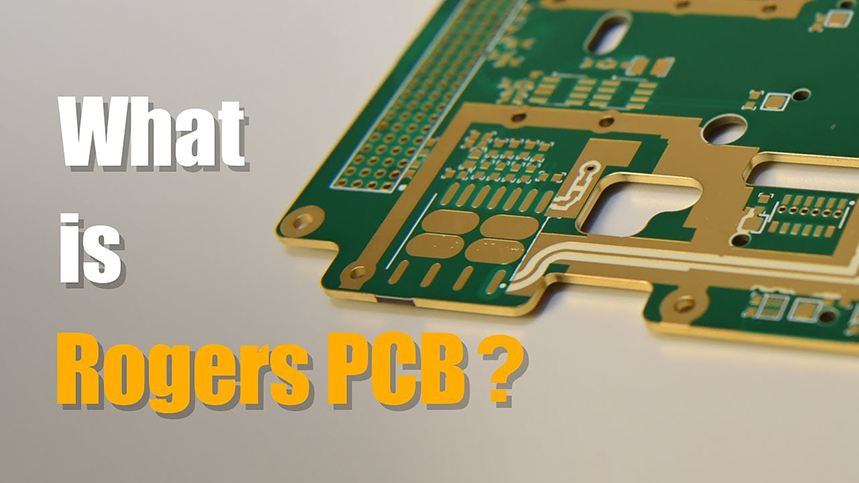
Introduction
In the realm of high-frequency electronics and advanced circuit design, Rogers PCB materials stand as a cornerstone for innovation. Developed by Rogers Corporation, these specialized printed circuit boards (PCBs) are engineered to address the stringent demands of 5G communications, radar systems, aerospace, and other high-performance applications. This whitepaper explores the scientific principles, material properties, manufacturing nuances, and real-world applications of Rogers PCBs, supported by technical data and comparative analyses.
Understanding High-Frequency Materials
High-frequency (HF) circuits operate above 1 GHz, where signal integrity, minimal loss, and thermal stability become critical. Unlike conventional FR4 materials, Rogers PCBs are designed to overcome the limitations of standard laminates in such environments.
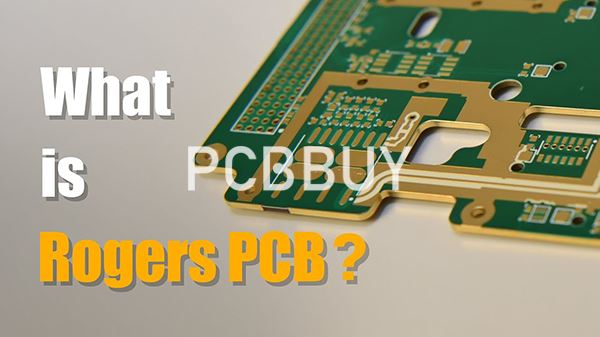
Key Electrical Parameters
-
Dielectric Constant (Dₖ):
-
Role: Determines signal propagation speed and impedance. Lower Dₖ reduces signal delay and attenuation.
-
Rogers Materials:
o RO4003C: Dₖ = 3.38 (10 GHz)
o RO4350B: Dₖ = 3.48 (10 GHz)
o RT/duroid 5880: Dₖ = 2.33 (for microwave antennas)
Comparison: FR4 (Dₖ = 4.5–5.5) results in slower signals and higher insertion loss at HF.
Dissipation Factor (Dƒ):
Role: Quantifies dielectric losses. Lower Dƒ preserves signal strength.
Rogers Materials:
o RO4003C: Dƒ = 0.0027 (10 GHz)
o RO4350B: Dƒ = 0.0037 (10 GHz)
Comparison: FR4 (Dƒ ≈ 0.02) dissipates significant energy as heat, degrading signal quality.
Thermal and Mechanical Stability
-
Coefficient of Thermal Expansion (CTE):
o Rogers materials exhibit CTE values near that of copper (e.g., RO4003C: CTE = 46 ppm/°C), minimizing thermal stress and delamination.
o FR4 (CTE ≈ 140 ppm/°C) leads to warping and solder joint failure in temperature-cycling environments.
Thermal Conductivity:
o RO4350B: 325 W/m·K (with 1 oz Cu), enabling efficient heat dissipation in power amplifiers.
o FR4 (≈0.3 W/m·K) struggles with thermal management in high-power applications.
The Science Behind Rogers PCB Materials
Material Composition
Rogers PCBs leverage proprietary blends of hydrocarbon ceramics, glass fabrics, and PTFE (polytetrafluoroethylene) resins:
-
RO4000 Series: Ceramic-filled hydrocarbon polymers for low loss and CTE matching.
-
RT/duroid Series: PTFE composites with ultra-low Dₖ for microwave optimization.
-
TMM Series: High-dielectric options (Dₖ up to 12.85) for miniaturized circuits.

Manufacturing Process
-
Precision Lamination:
-
Thickness control within ±0.05 mm ensures consistent impedance.
-
Example: RT5870 layers bonded with ultra-thin adhesive films for millimeter-wave applications.
-
Laser Drilling:
-
Micron-level precision for plated through-holes (PTHs).
-
Contrast: FR4’s mechanical drilling risks smearing and registration errors.
-
Electroless Electroplating:
-
Uniform copper deposition for high-frequency traces.
-
Surface Treatments: ENIG (electroless nickel immersion gold) for corrosion resistance.
Comparative Analysis: Rogers vs. FR4
Electrical Performance
|
Property |
Rogers RO4003C |
Rogers RT5880 |
FR4 (IS410) |
|
Dₖ (10 GHz) |
3.38 |
2.33 |
4.5 |
|
Dƒ (10 GHz) |
0.0027 |
0.0010 |
0.02 |
|
Insertion Loss |
<1 dB/cm@10 GHz |
<0.5 dB/cm@10 GHz |
>5 dB/cm@10 GHz |
Thermal and Mechanical
|
Property |
Rogers RO4350B |
FR4 (IS410) |
|
CTE (Z-axis) |
32 ppm/°C |
140 ppm/°C |
|
Tensile Strength |
120 MPa |
130 MPa |
|
Water Absorption |
<0.01% |
2–3% |
Application Suitability
-
Rogers: 5G basestations, radar, satellite communication, automotive radar.
-
FR4: Low-frequency consumer electronics, general-purpose PCBs.
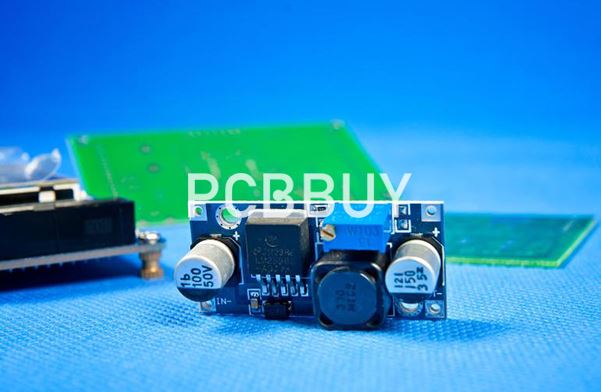
Application Domains
1. Telecommunications
-
5G Infrastructure:
o RO4350B enables mmWave antennas with low loss (Dƒ = 0.0037).
o RT/duroid 5880 used in massive MIMO arrays for beamforming.
Satellite Communications:
o RO4003C in low-noise blocks (LNBs) for Q/V band satellite links.
2. Aerospace and Defense
-
Radar Systems:
o RO3003G2 in 77 GHz automotive radar for collision avoidance.
o TMM10i in phased arrays for military surveillance.
Spacecraft: Outgassing-resistant materials (e.g., RO4535) comply with ASTM E595 standards.
3. Automotive and IoT
-
ADAS and V2X:
o RO4835 withstands extreme temperatures (-40°C to +125°C) in vehicle electronics.
Medical Devices: RT/duroid 6002 in MRI coils for high-resolution imaging.
Future Outlook
Material Innovations
-
Ultra-Low Loss Dielectrics: Research into nanocomposites for Dƒ <0.001.
-
Sustainability: Bio-based resins without sacrificing high-frequency properties.
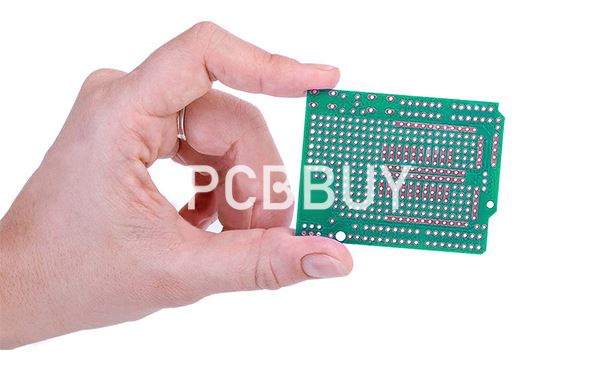
Process Advancements
-
Additive Manufacturing: Leveraging photogravure or stereolithography for complex geometries.
-
AI-Driven Design: Machine learning to optimize stack-ups and minimize trial iterations.
Emerging Markets
-
6G Networks: Terahertz-compatible materials (Dₖ ~2.0).
-
Quantum Computing: Low-noise substrates for superconducting qubit circuits.
References
-
Rogers Corporation. (2024). High-Frequency Laminates Product Guide. [Link]
-
Wang, X., & Li, Y. (2023). "Thermal Management in High-Density PCBs." IEEE Transactions on Components, Packaging, and Manufacturing Technology, 12(3), 45-56.
-
Microwave Journal. (2022). "Material Matters: Selecting Substrates for mmWave Design." Vol. 20, Issue 4.
-
IPC Standards. (2021). IPC-2221/2222:Design Guidelines for High-Speed Digital andRF Applications.
-
Rogers Corporation. (2020). RO4000 Series Datasheet. [Retrieved from罗杰斯官网]
Industry Category

